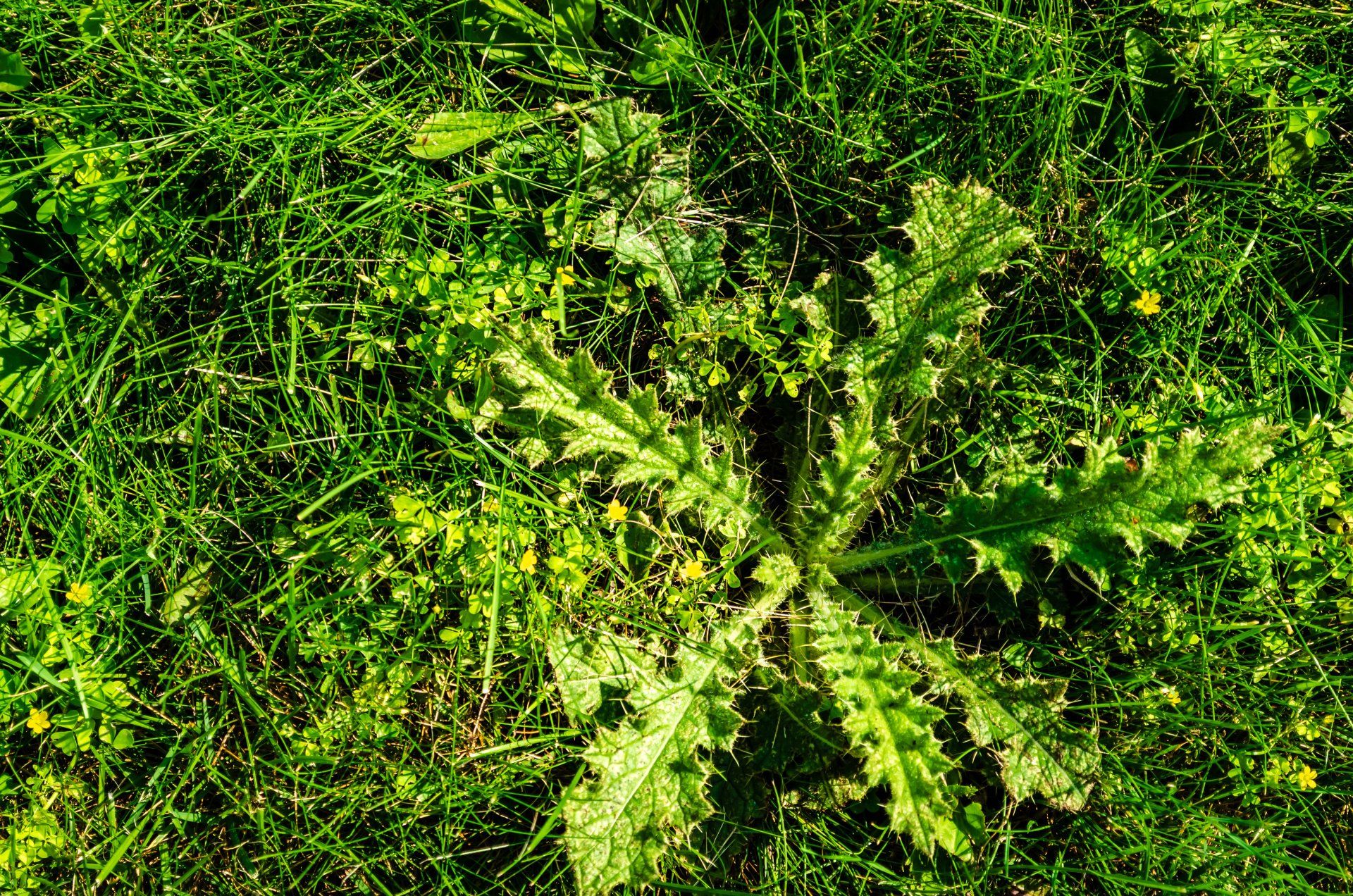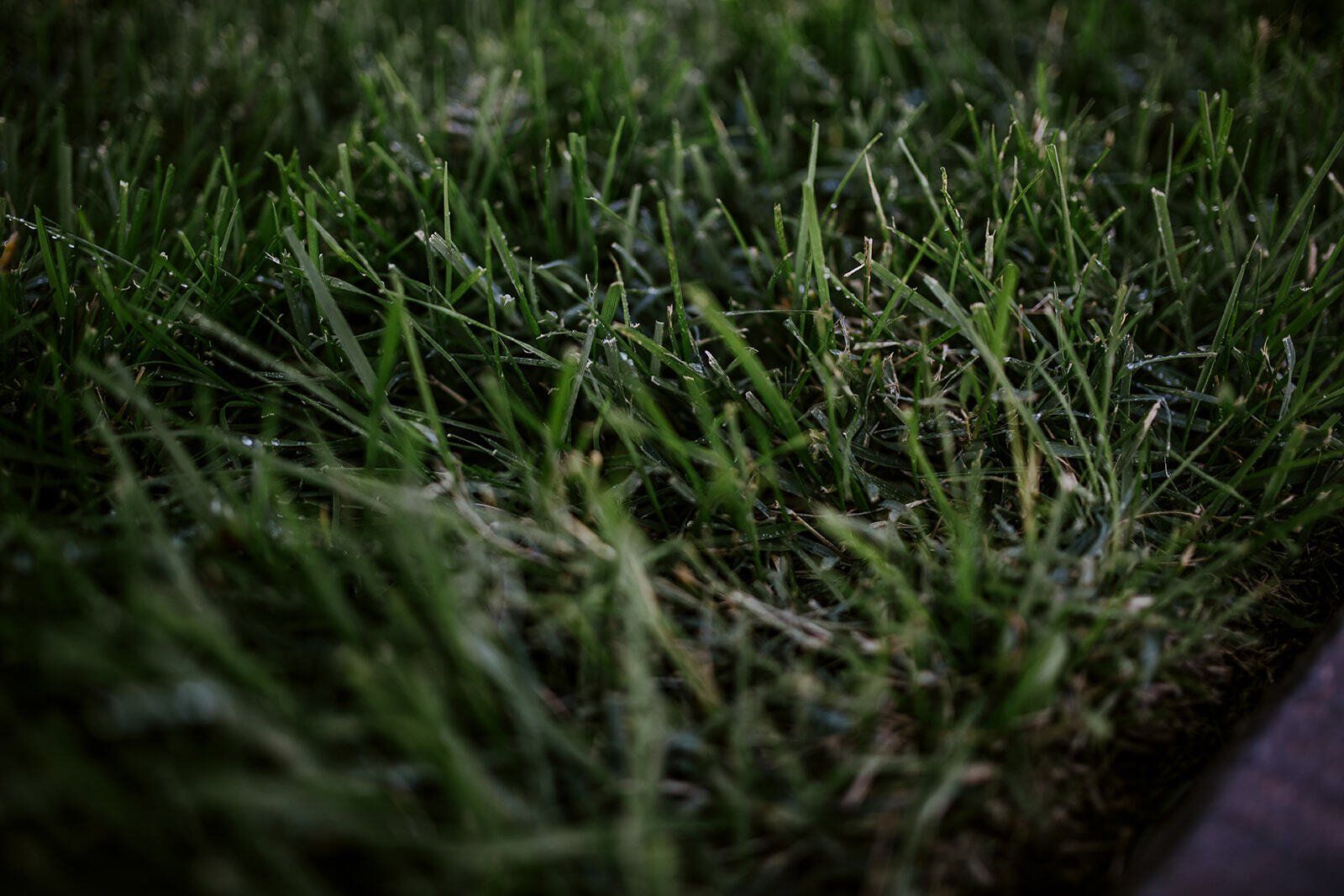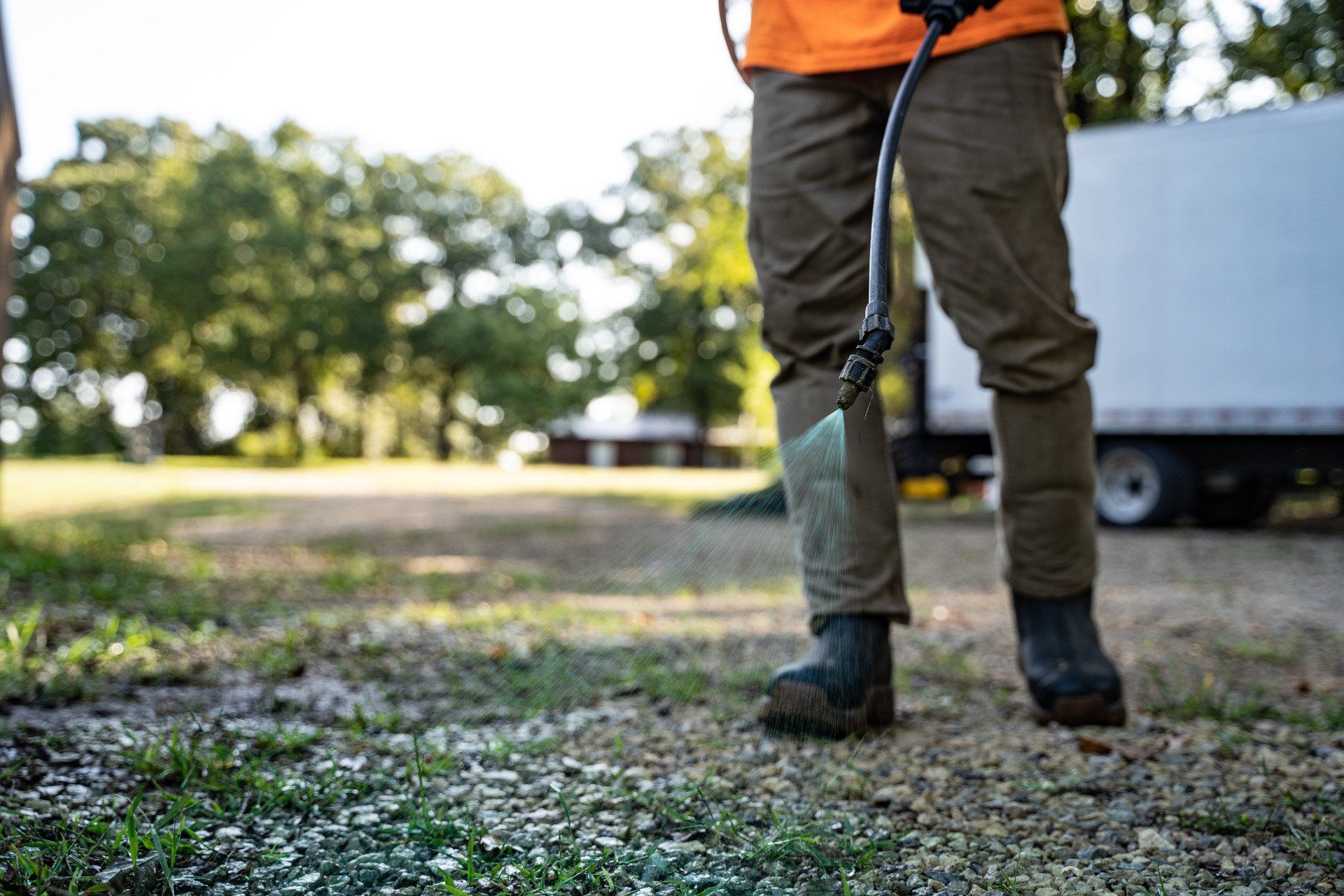
Receive a Full Year of Complete Lawn for only $497.00
When Should You Water Your Lawn
Your lawn will show signs that it needs to be watered; it may start losing its vibrant color or start taking on a brown color. It is also shown in how it handles traffic. For example, when you walk on the grass and your footprint impressions don’t disappear, that is a sign that the grass lacks the water it needs to bounce back.
Just like outdoor flowers, you want to water the grass in the early mornings (before 10 a.m.). Watering in the morning gives your yard time to absorb the water while it is cool out before it starts evaporating. If you can’t water in the morning, you can water between 4-6 p.m. Watering any later will leave your grass still wet after nightfall, creating the perfect environment for diseases to start taking over your lawn.
Lawns that are cared for can go weeks without water by turning to a dormant state and will become active and vibrant again once water is returned to the roots.
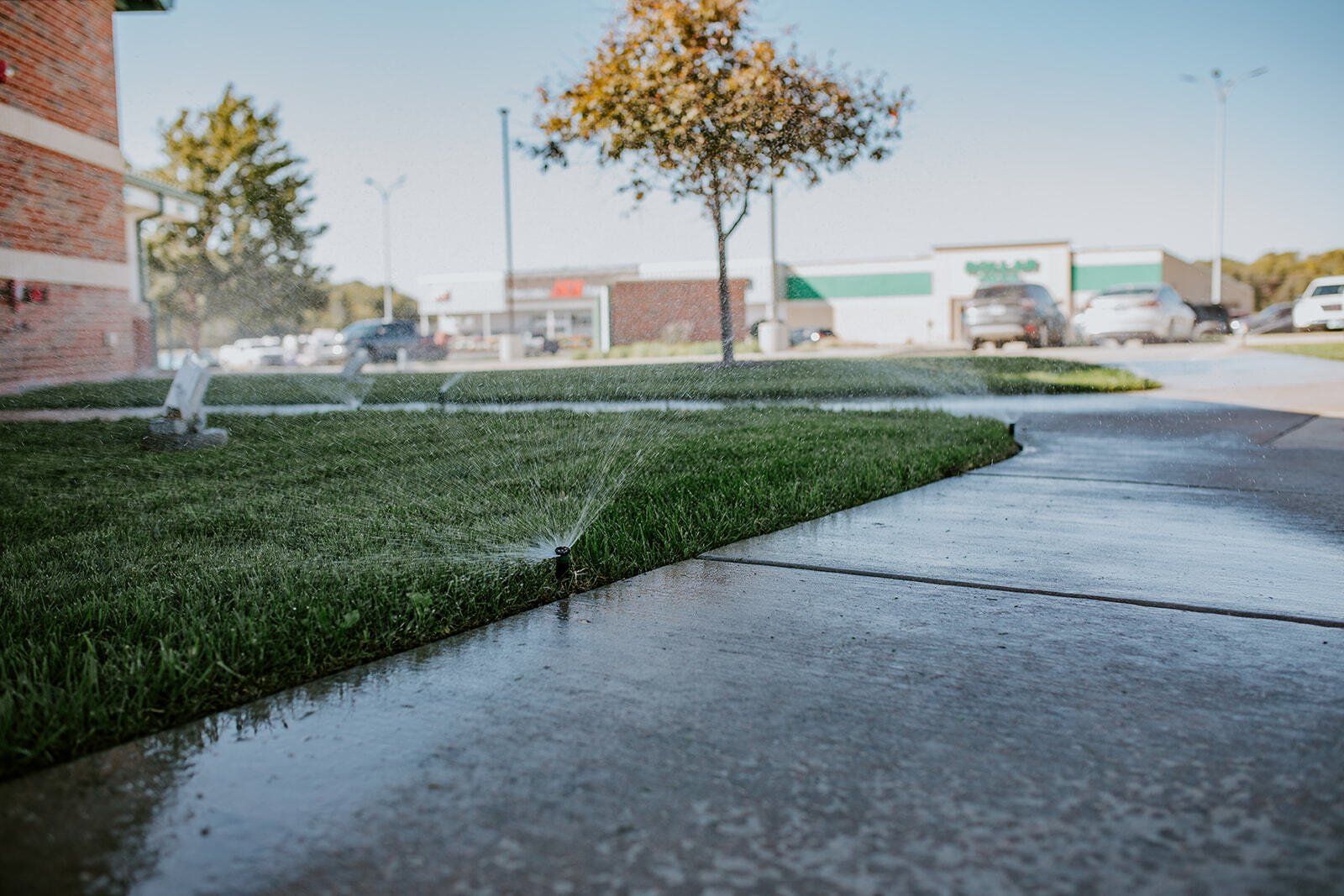
How Much Water Your Lawn Needs
When watering an established lawn, you must ensure that the roots of the turfgrass become wet. Typically this is the top 6 to 8 inches of soil, and it usually takes 1 to 1.5 inches of water per week to seep that deep into the ground. This water could come from rain or supplemental watering, and this amount can be applied once or divided into a couple of different watering sessions throughout the week.
Be aware of the weather radar for the week and keep a schedule so that you don’t overwater the lawn.
How Much Water Your Lawn Needs
The Soil
During your first watering session, you can check every 15 minutes to see if your soil is wet and how deep the water has run by pressing a screwdriver or a similar tool into the soil. Mark on the tool between 6 to 8 inches and compare where the wet dirt starts and stops each time you remove the tool for the soil. Then, take the number of intervals between when you begin and when the soil is wet, 6 to 8 inches down, and multiply by 15 minutes.
For example, if it takes three intervals of 15 minutes to reach 6 to 8 inches, then each watering session in the future should be around 45 minutes to get the same depth. If you are running short on time for a day and want to skip watering, stick the tool into the ground until the 6-inch mark. If there isn’t much resistance, you can skip watering that day. If it is difficult to do, you need to water the lawn.
Using a Sprinkler System
If you have an irrigation system installed in your yard, you will be able to find the flow rate (in gallons per minute) on the manual provided by the manufacturer. To calculate the number of minutes that you need to run your sprinkler, multiply the square footage of your lawn by 0.62 Gallons (1 inch of water per square foot) and then divide by the flow rate provided for your specific sprinkler.
If you have an irrigation system through Boxman Lawn Service with controller adjustment, we will make sure your lawn gets the right amount of water.
Use Rain Gauge or Similar Product
You can use a rain gauge or can to measure how long it takes to collect 1 to 1.5 inches in each can. Place gauges in different spots around the lawn and use the average time it takes to fill all gauges to 1 to 1.5 inches. If you do not have rain gauges, you can use clean mason jars or tuna cans.
Measure Water Output Using a Flow Timer
If you have a timer that measures water flow per hundred of gallons, you can take the square footage of your lawn and multiply it by 0.62 gallons (1 inch of water per square foot) to determine how many gallons your lawn needs.
This method can result in puddling, so if you notice that your lawn is having trouble absorbing the water, you can break up the overall time needed into shorter cycles. For example, take a 30-minute cycle and break it up into three 10 minute cycles placed 15 minutes apart.
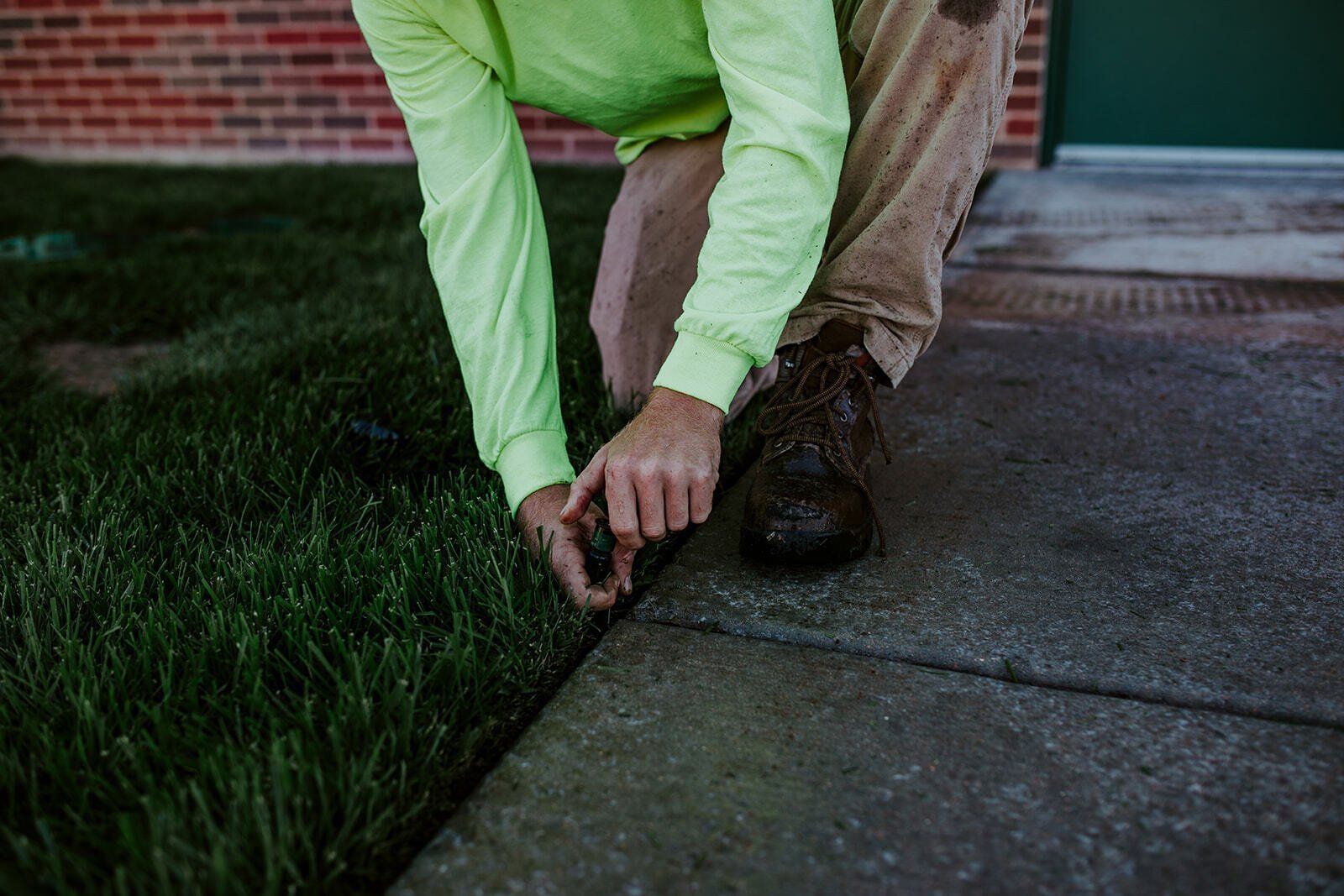
Other Watering Tips
Watering differs between cool-season grass and warm-season grasses. Cool-season grasses like tall fescue roots deeply and are highly drought tolerant. In contrast, Kentucky bluegrass, perennial ryegrass, and finer fescues will go dormant if not watered but will become green again when water returns. Warm-season grasses like Zoysia, Bermuda and St. Augustine withstand drought rather well and typically require less water than cool-season grass.
Each lawn is different. They need different nutrients in the soil, different types of grass seeds are rooted in each lawn, and each lawn has a differing amount of sunlight, so to ensure that your lawn is getting the right amount of water at the correct times, connect with a lawn care expert in your area. If you reside in the Arkansas City, Winfield, Derby, or Wichita area, our Boxman Lawn Service experts can help you determine the best watering habits for your lawn.
For more information
contact our lawn care experts today!


